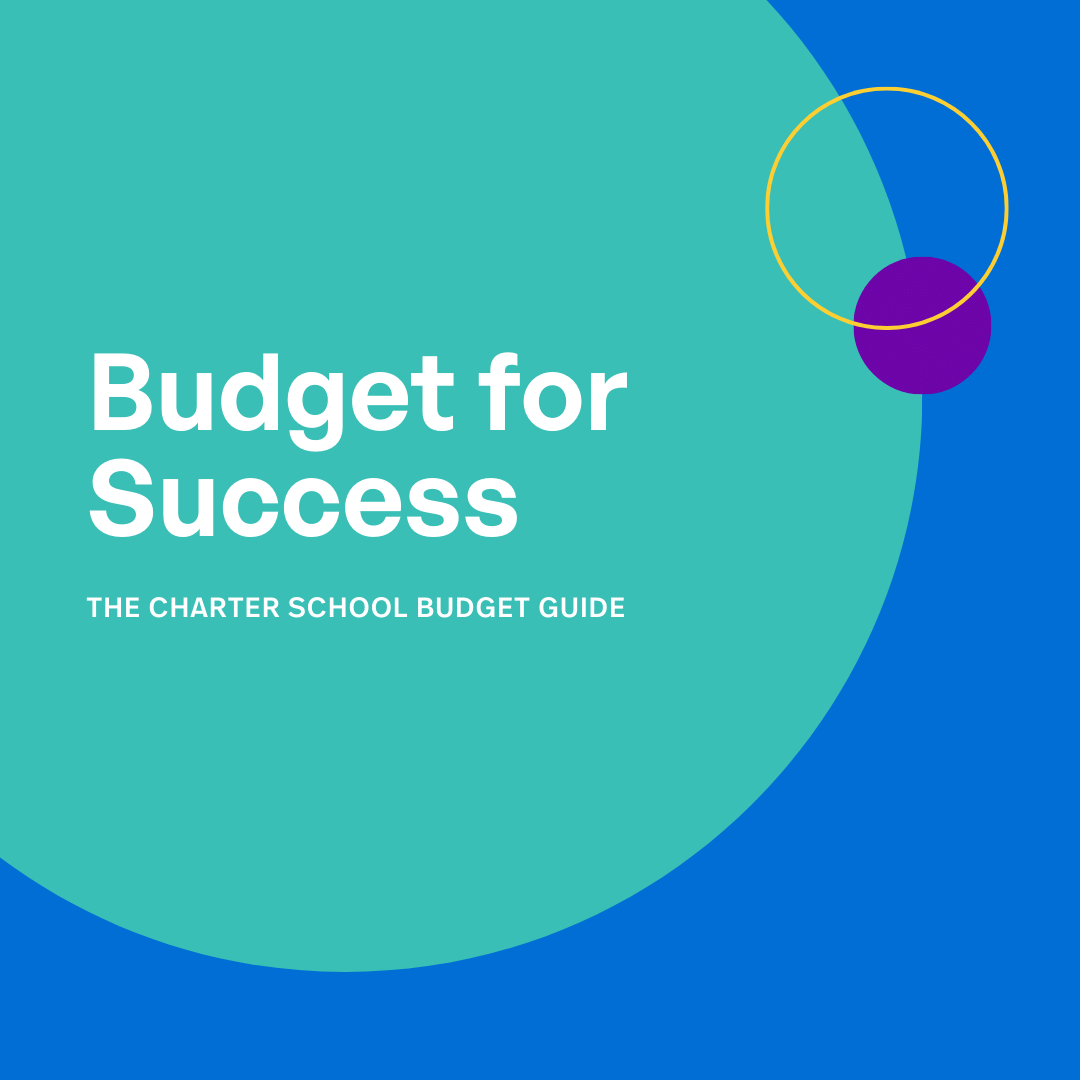Congratulations—you’ve started your charter school! The start-up stage is exciting and full of potential. It’s common to feel overwhelmed during this phase, but learning from others can make all the difference.
Charter schools fall within three main growth stages: start-up, growth, and sustainable maturity. These stages are defined by years in operation and the number of students served. Each phase presents unique challenges and best practices. In this post, we’ll be exploring tips for the start-up phase.
The Start-Up Phase
The start-up phase includes the very first tasks required to form a charter school: hiring, launching, and running until 10–25% of your target enrollment has been achieved. Without a doubt, this is the most challenging and stressful stage for charter school leaders.
If you’re in this stage now and you’re feeling overwhelmed, you’re not alone. The good news is there are opportunities for growth in this stage, and you’ll want to identify them early. The following tips come from charter leaders who have grown beyond the start-up stage.
1. Study and meet with schools that are doing things well.
How are other schools helping their students achieve academic success? Are there ways to adapt those tactics to your curriculum? You can learn a lot, and it’s always a good idea to maintain positive relationships with other educators.
2. Master a few things and do them really well.
Don’t try to be a master of everything—it’s impossible! Have a strong outline of the implementation plan proposed in the charter petition. What are your goals in the first few years? It’s better to have a plan and be straightforward about incremental goals than to promise a lot of things you can’t follow through on.
3. Build genuine and robust relationships.
With parents, teachers, leaders, vendors, and external constituents—have the intention to never, ever create an enemy. Always be honest and genuine, even with your detractors. Foster strong relationships with your vendors and with businesses that could become your vendors later on. You’ll have emergencies and you’ll need things you hadn’t planned on in a hurry. Vendors will be more likely to come through in a pinch if they already feel personally connected with your school.
4. Pay close attention to student progress data.
Everyone will want to see the data, and you may not have much of it at the beginning. Think about the data you do have and how you can report it in the most compelling, meaningful way possible.
In addition to the metrics you track to maintain your charter and to report to regulators, find out what’s meaningful to parents and report that out: attendance, time-to-completion, classroom hours, pages read, math problems solved, miles run.
Make sure to share the data with students, too.
5. Pay close attention to the budget.
As needs change and shift, review the budget and make sure it aligns with your goals. Always plan for the worst-case scenario and have a plan for dealing with cash flow issues. Build a solid relationship with your financial partners; treat your budget as a living document; and know how you’ll pay for everything. Above all: never miss payroll.
6. Don’t waiver in your belief or mission!
It’s likely that you will encounter many people who will try to convince you to change your mission and vision to suit their specific needs. You can’t please everyone! Your mission and vision should serve as your guideposts when you’re faced with tough decisions; they shouldn’t be the thing you modify every time you’re faced with a tough decision.
Featured Article
Building a Budget for Your Start-up Charter School
Starting and running a school is a challenging task, and ensuring financial stability requires careful planning and management. According to The Center for Education Reform, 42% of charter school failures within the first three years were due to finances, making it imperative to establish a solid budget from the outset. Read on to discover best […]
Featured Article
How to Thrive in the Sustainable Maturity Stage: Advice from Charter School Leaders
Charter schools tend to fall within three main growth stages: start-up, growth, and sustainable maturity. These stages are defined by years in operation and the number of students served, and each phase presents unique challenges and best practices. Schools that have reached sustainable maturity are at 90 – 100% of target enrollment. They are focused […]

Free Download
Charter School Budget Guide
To help you achieve your goals, we’ve put together this informative and thorough guide to share best practices and call out common pitfalls to avoid. Over the past decade, we’ve reviewed thousands of charter school budgets and helped guide countless schools through their charter school financing processes.
Get the Guide